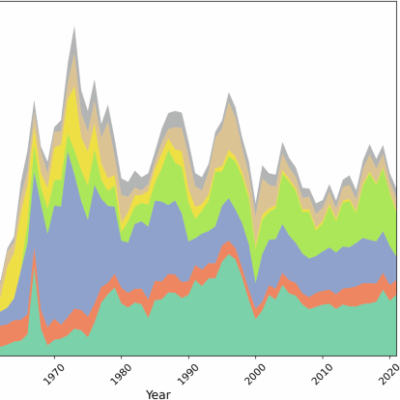Kinross Gold Corporation (TSE:K) is about to trade ex-dividend in the next four days. The ex-dividend date is one business day before the record date, which is the cut-off date for shareholders to be present on the company’s books to be eligible for a dividend payment. It is important to be aware of the ex-dividend date because any trade on the stock needs to have been settled on or before the record date. Therefore, if you purchase Kinross Gold’s shares on or after the 30th of May, you won’t be eligible to receive the dividend, when it is paid on the 13th of June.
The company’s upcoming dividend is US$0.03 a share, following on from the last 12 months, when the company distributed a total of US$0.12 per share to shareholders. Based on the last year’s worth of payments, Kinross Gold has a trailing yield of 1.5% on the current stock price of CA$11.04. We love seeing companies pay a dividend, but it’s also important to be sure that laying the golden eggs isn’t going to kill our golden goose! As a result, readers should always check whether Kinross Gold has been able to grow its dividends, or if the dividend might be cut.
See our latest analysis for Kinross Gold
Dividends are typically paid from company earnings. If a company pays more in dividends than it earned in profit, then the dividend could be unsustainable. Kinross Gold paid out a comfortable 34% of its profit last year. A useful secondary check can be to evaluate whether Kinross Gold generated enough free cash flow to afford its dividend. It distributed 30% of its free cash flow as dividends, a comfortable payout level for most companies.
It’s encouraging to see that the dividend is covered by both profit and cash flow. This generally suggests the dividend is sustainable, as long as earnings don’t drop precipitously.
Click here to see the company’s payout ratio, plus analyst estimates of its future dividends.
Have Earnings And Dividends Been Growing?
Companies with falling earnings are riskier for dividend shareholders. If earnings decline and the company is forced to cut its dividend, investors could watch the value of their investment go up in smoke. Kinross Gold’s earnings per share have fallen at approximately 16% a year over the previous five years. When earnings per share fall, the maximum amount of dividends that can be paid also falls.
Another key way to measure a company’s dividend prospects is by measuring its historical rate of dividend growth. Kinross Gold’s dividend payments per share have declined at 2.8% per year on average over the past 10 years, which is uninspiring. It’s never nice to see earnings and dividends falling, but at least management has cut the dividend rather than potentially risk the company’s health in an attempt to maintain it.
The Bottom Line
Is Kinross Gold worth buying for its dividend? Kinross Gold has comfortably low cash and profit payout ratios, which may mean the dividend is sustainable even in the face of a sharp decline in earnings per share. Still, we consider declining earnings to be a warning sign. Overall, it’s not a bad combination, but we feel that there are likely more attractive dividend prospects out there.
On that note, you’ll want to research what risks Kinross Gold is facing. For example, Kinross Gold has 2 warning signs (and 1 which is potentially serious) we think you should know about.
A common investing mistake is buying the first interesting stock you see. Here you can find a full list of high-yield dividend stocks.
Have feedback on this article? Concerned about the content? Get in touch with us directly. Alternatively, email editorial-team (at) simplywallst.com.
This article by Simply Wall St is general in nature. We provide commentary based on historical data and analyst forecasts only using an unbiased methodology and our articles are not intended to be financial advice. It does not constitute a recommendation to buy or sell any stock, and does not take account of your objectives, or your financial situation. We aim to bring you long-term focused analysis driven by fundamental data. Note that our analysis may not factor in the latest price-sensitive company announcements or qualitative material. Simply Wall St has no position in any stocks mentioned.






